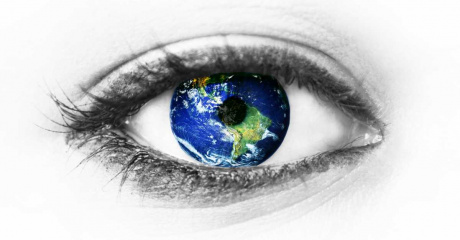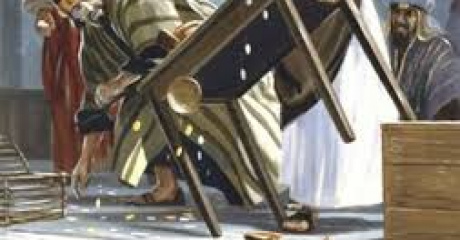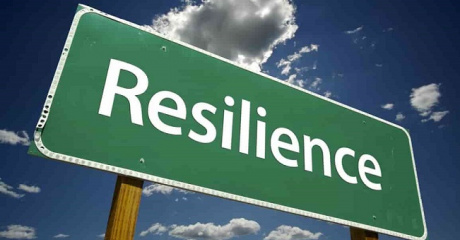Sacred Journeys Blog
Passage of Waiting
05 May, 2025
Well, I hit my after-Easter-let-down this week. I got carried a week longer by the Music Service and our speakers last week, then I hit the proverbial wall. Many pastors I’ve known (and myself many years) take the Sunday after Easter off...
The Character of Resurrection
21 Apr, 2025
We’ve been talking about resistance for the last five weeks. A spiritual and social resistance led by Jesus to try and create a better world. And what did he get for it? Crucifixion. That may be the one verifiable, undeniable historical fact...
Joy as Resistance
14 Apr, 2025
Award winning author, Evette Dionne, said, “Joy is a revolutionary force. We need it as much as we need anger because it is joy that will help keep us in these bodies long enough to enact justice.” Why? Because it unifies, lifts spirits,...
Love as Resistance
07 Apr, 2025
G.K. Chesterton once said, “Christianity has not been tried and found wanting. It has been found difficult and not tried.” Why is it difficult? Because the foundation of Christianity is supposed to be love . People found this too difficult, and...
Opening Eyes to the Truth
31 Mar, 2025
Welcome to the resistance! As I’ve been saying this Lent, Jesus’ movement was more than a spiritual revival, it was a resistance movement to the powers and principalities that were oppressing and marginalizing the people. This emphasis has...
Defiance Against Dehumanization
24 Mar, 2025
It seems to me that the main strategy in any oppressive behavior is to dehumanize the people one wants to oppress. This means that they are treated as less than human with a lack of empathy, compassion, respect, inclusion, or intent to care or...
Calling a Spade a Spade
17 Mar, 2025
To begin our Lenten series, “Welcome to the Resistance,” we find ourselves in the Temple with Jesus turning over the tables (Mark 11:15-18). Let’s start with a little background. Scholars are clear that the activities in the temple were both...
Finding God in Deep Listening
03 Mar, 2025
Listening… in the story of the transfiguration in Mark 9:2-8 we hear an injunction of the divine, a voice from the clouds that said definitively, “This is my Beloved… listen to him.” We’ll come back to the concept of listening to Jesus, for now...
Finding God Through Loving Self
24 Feb, 2025
A certain elected official recently, and seriously, misinterpreted scripture to suggest that love is given out hierarchically. In other words that God desires first and foremost that we love our families, then our neighbors, then our...
Finding God in Resilience
17 Feb, 2025
In my life, I have lost my way more times than I can count. I have set out to be married and ended up divorced. I have set out to be healthy and ended up sick. I have set out to live in New England and ended up in Georgia. When I was thirty, I...













